
The ancient Greeks saw the world through Greek eyes, portrayed the world through Greek style. And everything Greek to them was superior. In depicting one of their goddesses, they included alongside of her snaky slender hounds that assisted her in her hunt. The goddess was Artemis; the hounds were the Greek hounds, known to us today as the greyhounds.
Greyhounds are tall and long-bodied, and specially built for speed. Its head is long and narrow, pointed at its snout, wide between the ears. It is held by a long muscular neck, slightly arched. Because a greyhound is made to run, it has a naturally elongated build, packed with light muscles, which an artist can highlight when depicting one in action. Special care must be taken in rendering the overall muscular structure of the greyhound so that it will not appear as heavy as that of a great dane.
Dobermans, pointers, and greyhounds are in many respects similar in build, but the latter??s back, though muscular, is slightly arched. And, of course, while Dobermans are best portrayed tailless, the greyhound possesses one long, slender, and tapering that slightly curves upward.
The Greeks have enjoyed elegantly portraying the greyhound as the companion of a lovely and alluring goddess that, in the Renaissance, it gained a rather feminine typecast along with poodles. The Greeks loved their greyhound white, probably to signify the sexual purity of the virgin goddess. In reality, however, greyhounds also appear in shades of fawn, black, or blue. And the dark colors are perfect in the modern rendition of the dog??s firm muscles.
The Greeks, however, had no concern providing muscles to a mere beast. But in almost all their paintings, greyhounds appeared in action: springing, trotting. And the somewhat serpentine curve of their bodies is most notable, making it an exciting subject to experiment with the use of the action line.
Today, most artists make full use of the action line in drawing figures in motion. Succinctly, an action line will depict the figure??s pose and how all the elements of its composition will fall into place. With the greyhound, the action line will comprise the tip of its snout to the end of its tail. The entire line must not be convoluted that may put the dog figure in an awkward pose. The action line must be uncomplicated and simple. In this respect, the Greek artist was a master.
In all the elegance, however, one Classical work featured greyhounds amidst a fleeing herd of deer. Here, the dogs were almost indistinguishable among the deer had not the latter been represented with antlers. The presence of this confusion may lie on how the Greeks pictured both species in the same gracile form.
Some artists will make points of similarity between a greyhound and a cheetah, particularly in the depiction of action. In this regard, be careful. While both are built for speed, their perceived reactions to speed are different. A rendition of a sprinting cheetah with its legs up in the air, untouching the ground, may not always look convincing with a greyhound. Modern photographs of racing greyhounds have imputed preconceived impressions of the dog with, at least, two of its legs touching the ground.
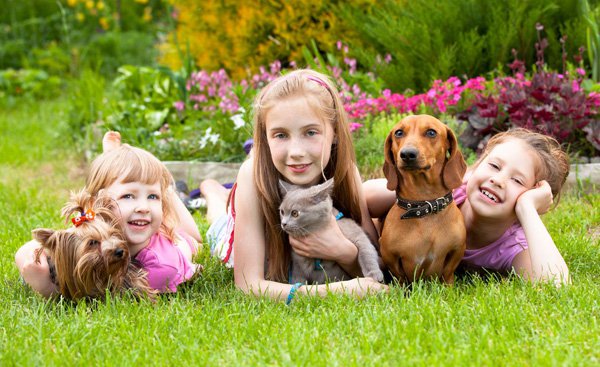 Dog walking and dog boarding services in Toronto
Dog walking and dog boarding services in Toronto
Dog walking and dog boarding services in Toronto
Dog walking and dog boarding services in Toronto
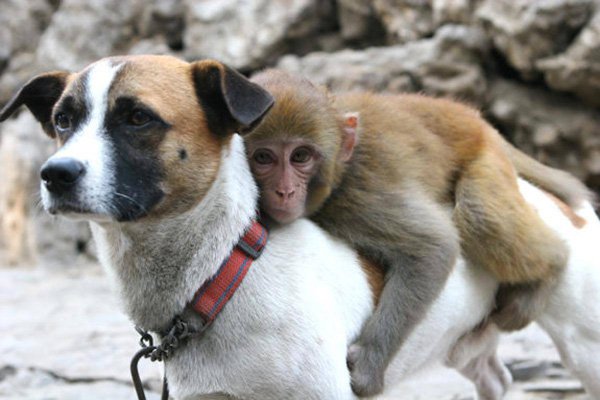 Horse Maintenance and Care: Top 5 Priorities
Horse Maintenance and Care: Top 5 Priorities
H
Horse Maintenance and Care: Top 5 Priorities
Horse Maintenance and Care: Top 5 Priorities
H
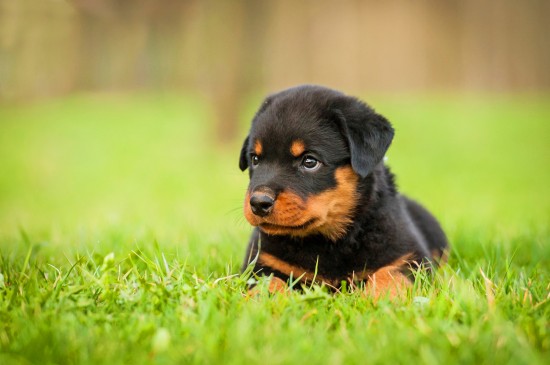 The Pros And Cons Of Keeping A Rottweiler As A Pet
The Pros And Cons
The Pros And Cons Of Keeping A Rottweiler As A Pet
The Pros And Cons
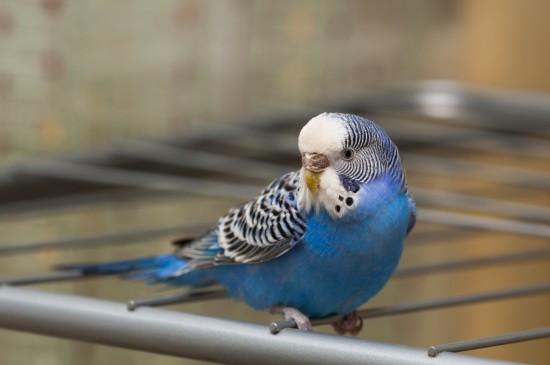 Understanding Your Bird - The Senses
Understanding You
Understanding Your Bird - The Senses
Understanding You
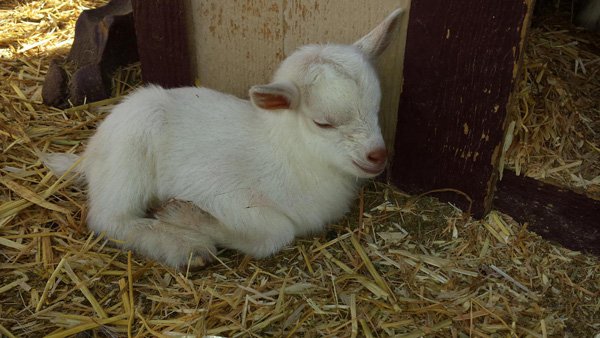 Best Cat Litter: Choosing the Best One for your Kitten
Best Cat Litter: Choosing the Best One for your Kitten
Best Cat Litter: Choosing the Best One for your Kitten
Best Cat Litter: Choosing the Best One for your Kitten
Copyright © 2005-2016 Pet Information All Rights Reserved
Contact us: www162date@outlook.com